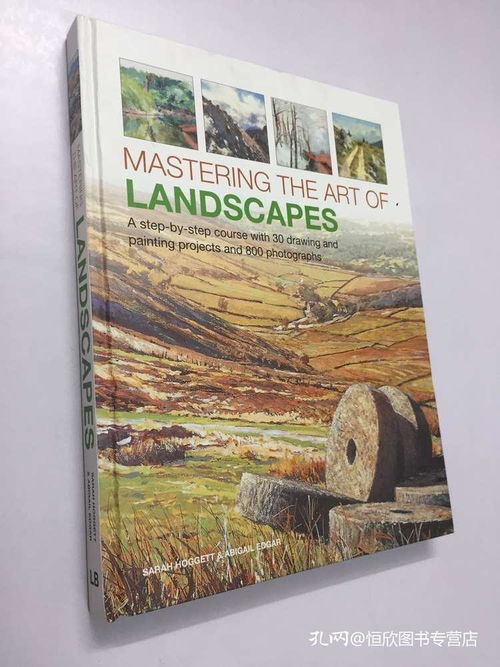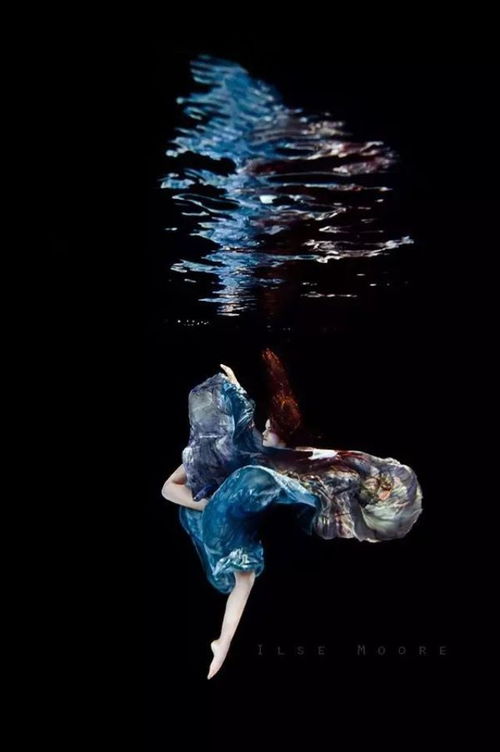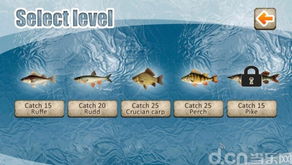
Content:
Introduction: Fishing, an age-old hobby, offers a tranquil escape from the hustle and bustle of daily life. Alongside the joys of fishing, capturing its beauty through photography adds an extra layer of appreciation. Whether you are a seasoned angler or a beginner photographer, mastering the art of capturing the serenity of fishing can be an enriching experience. In this article, we will explore various techniques and tips to help you capture stunning fishing photographs.
Plan Your Shot: Before you even pick up your camera, it is crucial to plan your shot. Identify the key elements you want to include in the photo, such as the angler, the fish, the surroundings, and any interesting patterns or reflections. Think about the composition and how you want to frame the shot. Planning ahead will help you anticipate potential challenges and make the most of the available light.
Timing is Everything: The best fishing photography happens during the golden hours, which are the early morning and late afternoon. During these times, the light is softer and more natural, casting a warm glow over the scene. Early morning sessions often capture the tranquility of the lake, while late afternoon sessions offer beautiful reflections and a serene atmosphere.
Choose the Right Equipment: To capture the essence of fishing, it is essential to have the right equipment. A camera with a wide-angle lens is ideal for capturing the vastness of the water and the surrounding landscape. Additionally, a tripod or monopod can help you steady the camera, especially during low-light conditions. Consider investing in a waterproof camera bag or a housing to protect your gear from splashes and moisture.
Focus on the Details: Fishing photography is not just about capturing the big picture; it is also about capturing the small details that make the scene unique. Pay attention to the textures, patterns, and colors of the surroundings. Close-up shots of the water's surface, the fish's scales, or the angler's equipment can add depth and interest to your photos.
Master the Composition: A well-composed photograph can make a significant difference. Here are a few composition techniques to consider:
a. Rule of Thirds: Divide the frame into nine equal segments by drawing two horizontal and two vertical lines. Place the main subject along these lines or at their intersections to create a balanced and visually appealing composition.
b. Leading Lines: Use natural elements such as rocks, branches, or paths to lead the viewer's eye through the scene and focus on the main subject.
c. Framing: Incorporate elements such as trees, rocks, or buildings in the background to frame the subject and add depth to the image.
d. Symmetry: Utilize symmetry to create a sense of harmony and balance in the composition.
Play with Light: Lighting is the backbone of photography. To enhance your fishing photos, experiment with different lighting techniques:
a. Backlighting: Position the sun behind your subject to create a dramatic silhouette effect.
b. Front Lighting: Face the sun towards your subject to cast soft, even light across the scene.
c. Side Lighting: Position the sun at a 45-degree angle to create texture and depth.
d. Fill Flash: Use a flash to fill in shadows and even out the lighting during low-light conditions.
Capture the Action: Fishing is not just about the final catch; it is also about the process. Capture the moments of casting, reeling, and interaction between the angler and the fish. To freeze these action shots, use a fast shutter speed, such as 1/1000th of a second, and a higher ISO if necessary.
Post-Processing: Post-processing can enhance your fishing photos and bring out their full potential. Adjust the exposure, contrast, and colors to create a balanced and visually appealing image. Be careful not to overdo it, as excessive editing can distract from the natural beauty of the scene.
Conclusion: Capturing the serenity of fishing through photography requires patience, practice, and a keen eye for detail. By planning your shots, mastering the composition, and experimenting with lighting techniques, you can create stunning images that capture the essence of this tranquil hobby. Remember to have fun and enjoy the process, as the best photos often come from capturing genuine moments and emotions.












